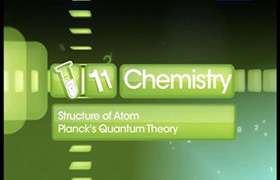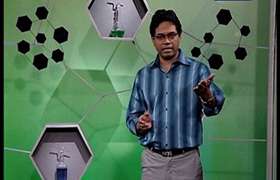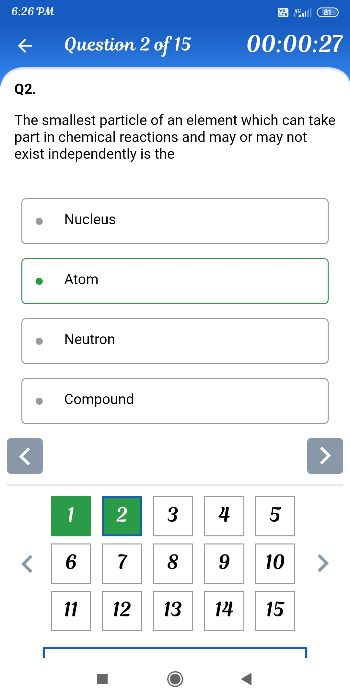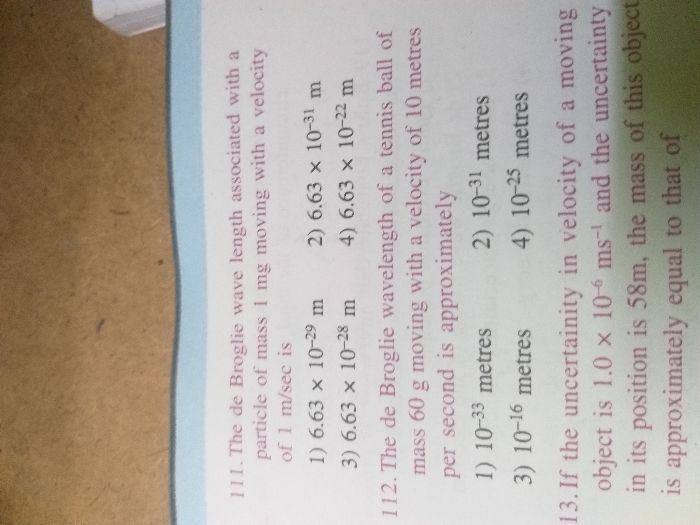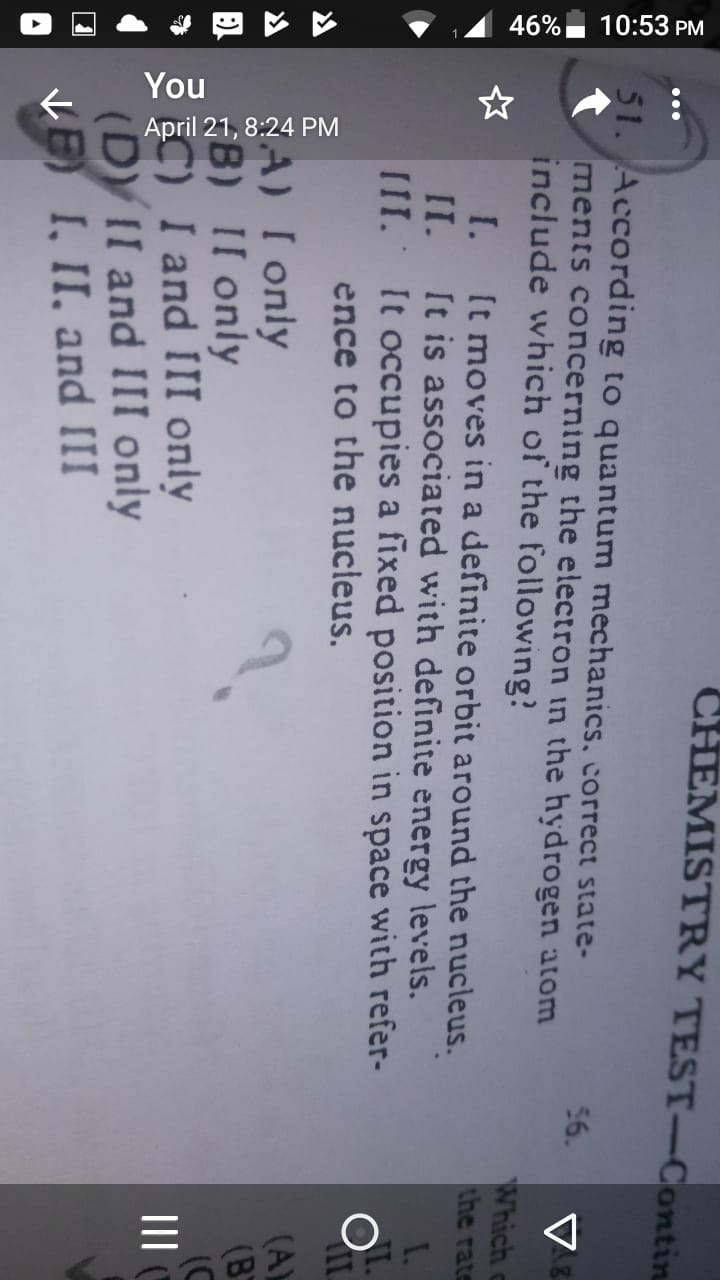CBSE Class 11-science Answered
As an electromagnetic wave, it has both electric and magnetic field components, which synchronously oscillate perpendicular to each other and perpendicular to the direction of energy and wave prapogation.
If you watch a colony of ants walking up the wall, they look like a thin continuous black line. But as you look closer, you see that the line is made up of thousands of separated black ants.
Light and all other types of electromagnetic radiation seem like a continuous wave at first, but when one performs experiments with light, one can notice that light can have both wave- and particle-like properties. Just like the individual ants, light can also be made up of individual bundles of energy, or quanta of light.
Light has both wave-like and particle-like properties (wave–particle duality), but only shows one or the other, depending on the kind of experiment we perform. A wave-type experiment shows the wave nature, and a particle-type experiment shows particle nature. One cannot test the wave and the particle nature at the same time. A particle of light is called a photon.
Topperlearning Team.

